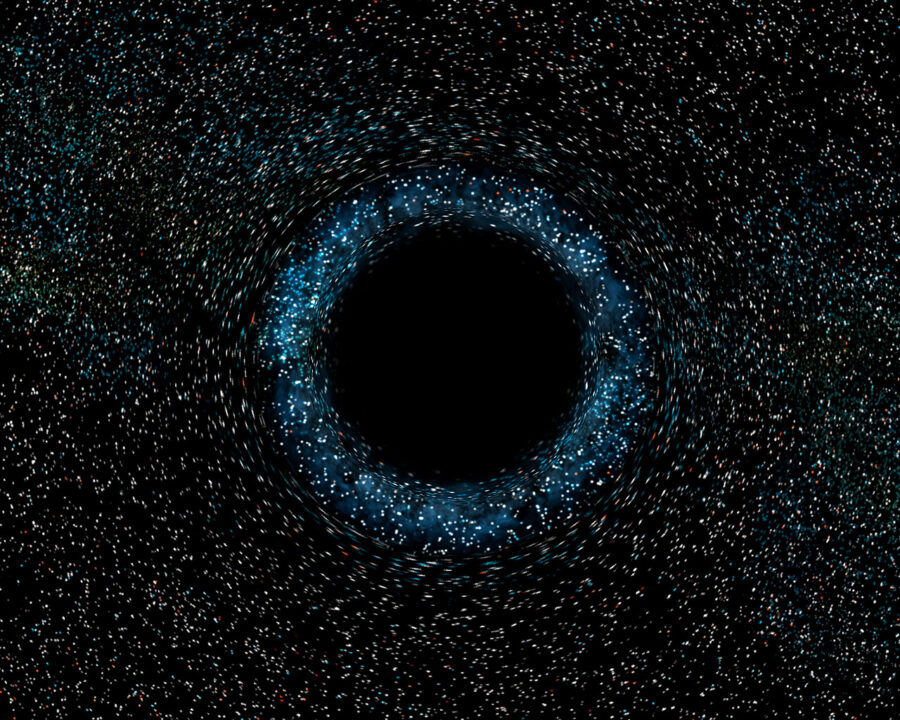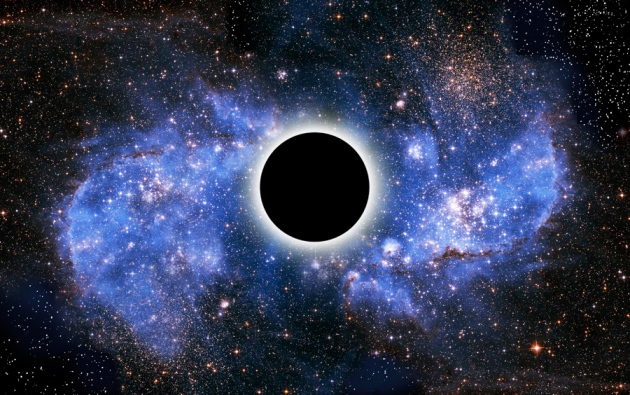Hundreds Of Black Holes Are Moving Through The Milky Way
Scientists are beginning to believe that a black hole swarm is moving through the Milky Way galaxy based on a clustering of stars
This article is more than 2 years old

Science fiction fans eat your heart out. We could be looking at something that only seemed to be possible as part of a space opera, big-screen flick. That’s because it was recently discovered that there is possibly an entire swarm of black holes moving through our galaxy. Now, before you think we are going to be gobbled up into a pit of nothingness to spend the rest of eternity, fret not. This grouping of black holes is, for the moment, theoretical and also very, very far away.
As part of the Gaia space observatory initiative, there’s been a mapping of the Milky Way Galaxy that is getting extremely detailed and offering up more than a few questions around star clusters. What’s been observed, among many other things, is star clusters and how they are behaving and formed in the far reaches of the universe. One of those clusters is called Palomar 5 and may contain within it a swarm of more than 100 black holes. These would be of the stellar-mass variety, formed by the collapse of a star. Scientists are hoping to prove the existence of the black holes in this particular cluster, with this shape, because it will lend clues to other star groupings in the future.

While scientists aren’t 100% sure what they are seeing is a grouping of 100 black holes (remember, black holes can’t be actually ‘seen’) there are a number of clues out there that would line up with this discovery. This star cluster is about 80,000 light-years away, part of a group that all came into existence at the same time, around the onset of the universe. It’s a group of stars called a tidal stream, meaning they are laid out almost like a river in the cosmos. Palomar 5 is one of these and could offer clues to whether the black holes exist.
The existence of the tidal stream of stars means that the clusters were pushed apart from each other (relatively speaking) at some point after their formation. One explanation for this would be that black holes, created by the gravitational collapse of other stars, were what actually had enough force to push stars away from the cluster. This would, in theory, be what created the stream of stars rather than the grouping. Again, it’s just speculation now with scientists working through simulations, but they are including black holes as part of the possible explanation. And if that were the case then the number of black holes in Palomar 5 would be quite a lot.
This isn’t the first cluster of black holes to have possibly been discovered. Another cluster was reported back in February as well. It is an eventuality that all clusters end up just forming a massive black hole anyway. Because black holes are formed by a star eventually dying and collapsing, these clusters can reach no other end. But again, not to worry. We aren’t at risk of being sucked into the void even if this swarm turns out to be accurate. It is still many thousands of light-years away.












